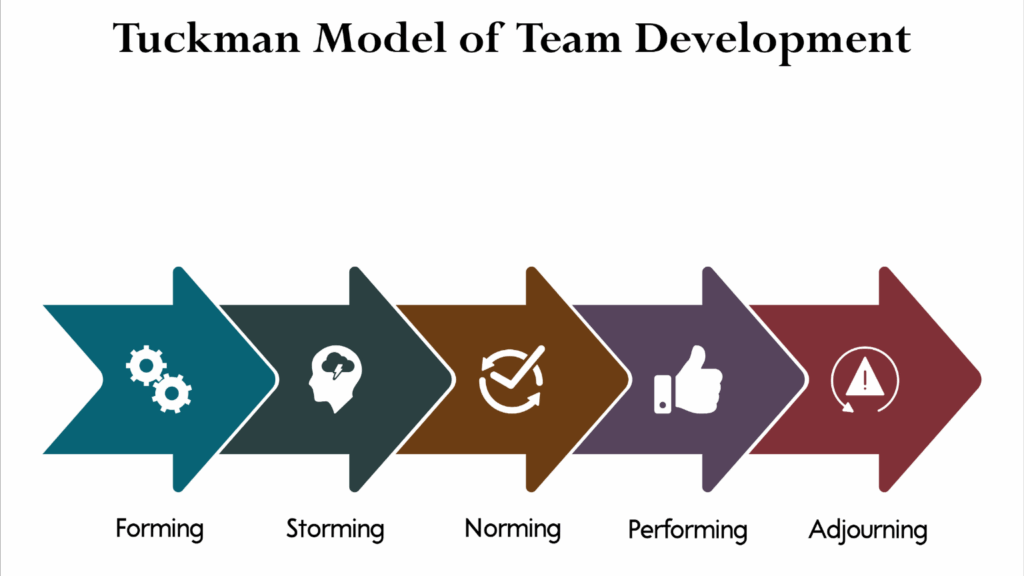info@teamchallenge-company.co.uk
03300 04 09 03
As part of our summer series exploring the psychology of team building, Team Challenge Company co-director Gerard Crowley takes a look at one of the most well-known theories in team development and reflects on its relevance today.
Whether you're leading a new team or managing one that's been together for years, understanding how teams grow and change can be a real advantage. One of the best-known models in team psychology comes from Bruce Tuckman, who in 1965 identified four key stages of team development: Forming, Storming, Norming and Performing. A fifth stage, Adjourning, was later added to reflect the reality of teams wrapping up once their task or project is done.
At Team Challenge Company, we recognise that there is plenty of debate around models like this. Some argue they oversimplify the messy and unpredictable nature of real-life teams. Others feel that modern teams, particularly those working remotely or across different time zones, don’t always follow such clear stages. These are fair points. But I still believe Tuckman’s model remains useful. It offers a shared language for understanding group dynamics and gives team leaders a framework to reflect on how their team is functioning.

The stages themselves are easy to relate to:
Forming is the early phase, often polite but uncertain. People are finding their feet and looking for direction.
Storming may follow as tensions start to show. Disagreements, frustration or power struggles may surface.
Norming is when the team begins to settle. There’s more trust, better communication and a growing sense of shared purpose.
Performing is where the team works well together, solves problems effectively and stays focused on goals.
Adjourning, often overlooked, marks the end of the team’s journey. This stage can bring reflection and closure.
No model is perfect, but Tuckman’s remains a helpful tool. It reminds us that conflict is natural; progress takes time and team development is a process. For team leaders, this insight is often enough to start asking better questions and leading with a clearer purpose.
Taking part in the right engagement activity at the right time can help teams navigate these stages more smoothly. If you'd like to learn more or discuss what might work best for your team, please contact us.